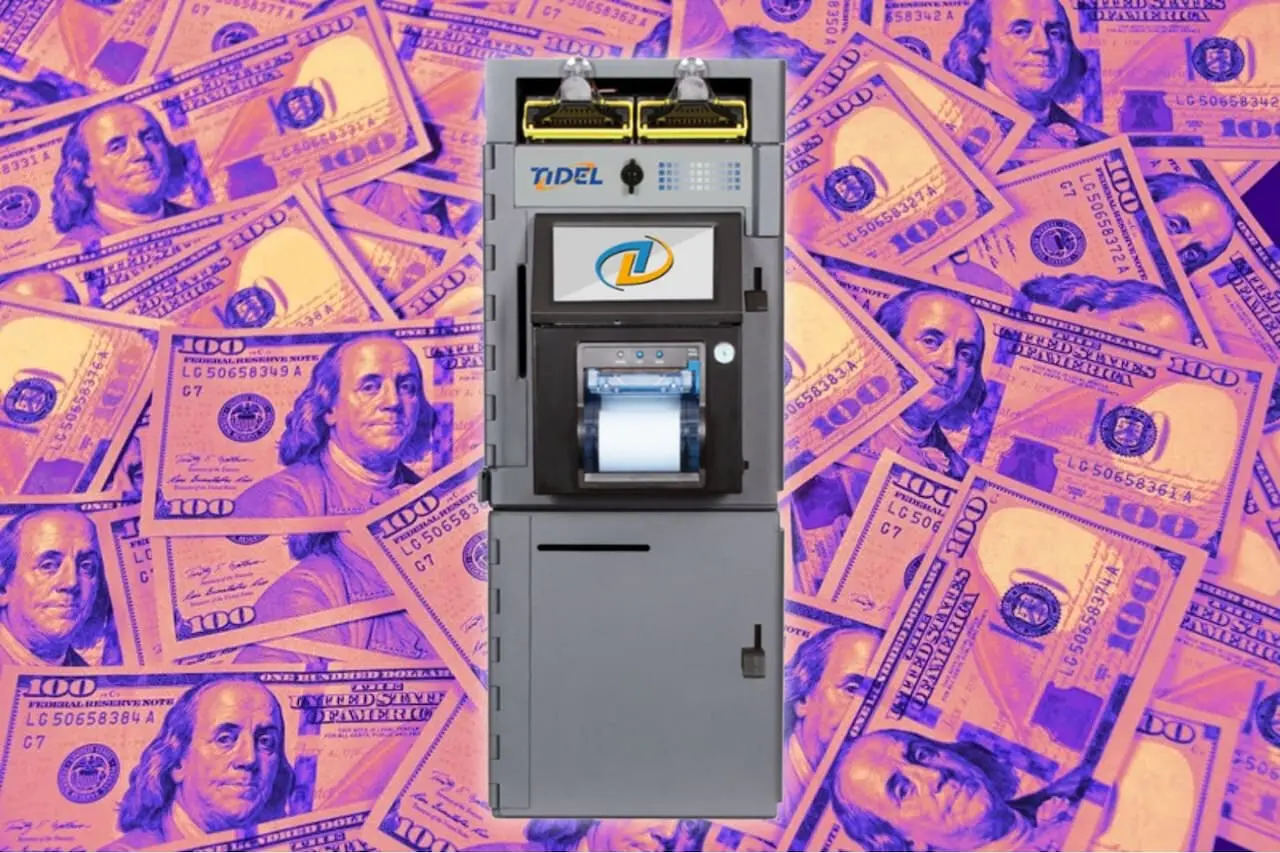In 2024, the financial technology landscape is undergoing rapid transformation, raising a pivotal question: How are emerging payment technologies transforming business operations globally? This exploration delves into significant advancements such as decentralized finance (DeFi), artificial intelligence (AI), and regulatory technology (RegTech). These technologies are not merely altering how transactions are processed; they are revolutionizing them by enhancing security measures, optimizing user interfaces, and expanding the scope of digital interactions. Innovations like cross-border payments, embedded finance, and open banking are being seamlessly integrated into the financial systems.
This integration not only meets contemporary regulatory demands and shifts in consumer behavior but also catalyzes new operational efficiencies and market expansion opportunities for businesses. Such advancements are pivotal as they provide robust frameworks that support the burgeoning demands of global commerce, ensure compliance with complex international standards, and offer strategic advantages in a competitive market.
Decentralized Finance (DeFi) and ISO 20022
The integration of decentralized finance (DeFi) into the payment sector and the adoption of ISO 20022 are making financial systems more transparent and efficient. DeFi reduces reliance on traditional financial intermediaries, potentially lowering transaction costs and speeding up payment processes, especially in international trade. ISO 20022 enhances data quality across financial networks, improving the accuracy and consistency of payment messages, which is beneficial for businesses involved in global commerce.
According to Capgemini, these technologies streamline cross-border transactions and simplify regulatory compliance, offering businesses greater global market access and operational efficiencies. Ultimately, this technological evolution supports economic growth by enhancing the accessibility and cost-effectiveness of financial transactions.
Mobile Payments and Contactless Transactions
The rise of mobile payment technologies such as Near Field Communication (NFC) and QR codes is significantly altering consumer interactions with merchants, simplifying the transaction process while enhancing security. These contactless payment methods allow consumers to make payments by simply tapping their mobile devices near a payment terminal or scanning a QR code, which links directly to the payment process. This method eliminates the need for physical card swiping or cash exchanges, thus reducing the physical contact that could transmit contaminants—a concern that has become particularly significant in the wake of global health considerations.
NFC and QR codes not only provide a seamless and faster transaction experience but also embed enhanced security features that protect user data through encryption and tokenization. This security aspect reassures consumers, making them more comfortable using these technologies for their everyday transactions. According to PayPal, there is a noticeable trend in consumer behavior, with increasing acceptance and preference for tap-to-pay solutions. PayPal suggests that these technologies have the potential to become the primary form of payment transactions, pointing towards a future where cashless and cardless solutions are normative.
Cross-Border Payments and Regulatory Technology (RegTech)
As businesses expand globally, the need for efficient cross-border payment solutions becomes more critical. These solutions facilitate faster and more cost-effective international transactions, essential for companies operating in multiple countries. Innovations in payment technologies, such as blockchain, are streamlining these processes by reducing the reliance on traditional banking intermediaries, which often slow down transactions and increase costs.
Alongside these technological advancements, Regulatory Technology (RegTech) is increasingly crucial. RegTech ensures that businesses adhere to international financial regulations, safeguarding the integrity of global transactions. This compliance is vital for maintaining trust and legality in international dealings.
J.P. Morgan underscores the importance of strategic approaches to payment structures in managing resources effectively, especially in dynamic macroeconomic environments. By leveraging advanced payment technologies and RegTech, businesses can achieve greater operational efficiency and compliance, facilitating smoother and more reliable transactions globally.
Embedded Finance and Open Banking
Embedded finance is transforming the way businesses across various industries integrate financial services, allowing them to offer customized financial products directly on their platforms. This capability is particularly advantageous as it enables businesses to seamlessly offer services such as loans, payment processing, and insurance within their existing ecosystems, enhancing user experience and increasing revenue streams.
Open banking complements embedded finance by promoting greater financial transparency and fostering innovation. It allows third-party developers to access financial data provided by banks with the consumer’s permission, which can be used to build new financial services and applications. This not only encourages competition and innovation in the financial sector but also provides consumers with more tailored financial products and services.
Together, embedded finance and open banking are reshaping the financial landscape. They are breaking down traditional barriers to financial services and setting new standards for how financial interactions are conducted. By integrating these services, companies can offer more comprehensive solutions that meet the specific needs of their customers, thereby enhancing customer satisfaction and loyalty. Elinext note that these developments are driving significant changes in how companies approach their financial service offerings, leading to a more integrated and user-focused financial market.














